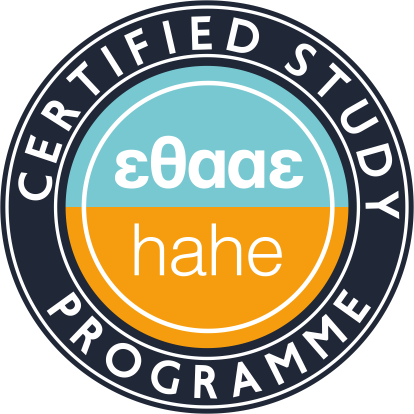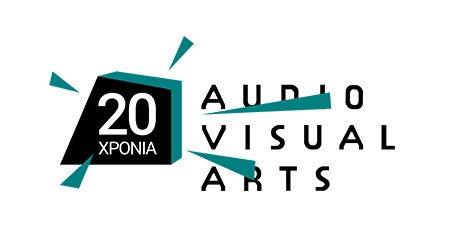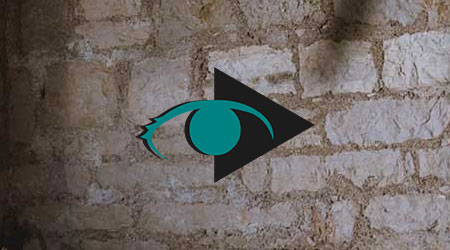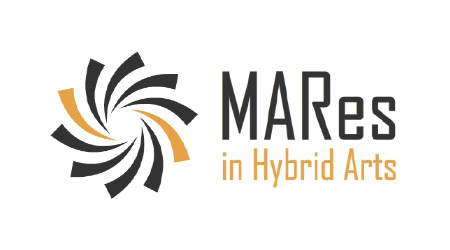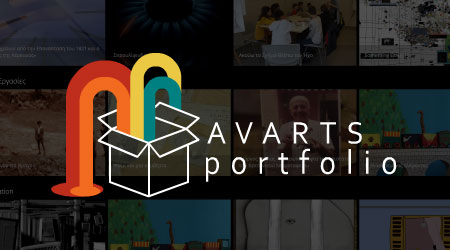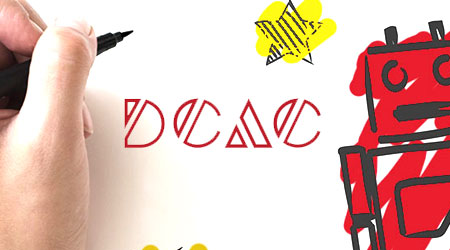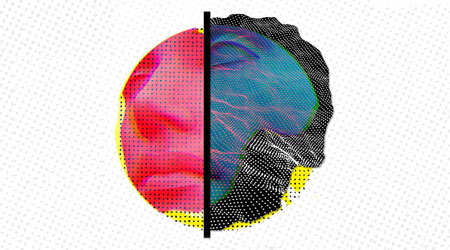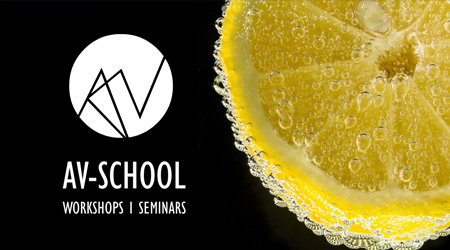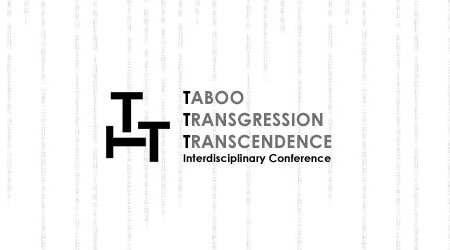Live Visuals
Teaching Staff: Valianatos Thomas
Course Code: AVA740
Course Category: Deepening Knowledge
Course Type: Elective
Course Level: Undergraduate
Course Language: Greek
Delivery method: Lectures
Semester: 7th
ECTS: 7
Teaching Units: 4
Teaching Hours: 4
E Class Page: https://opencourses.ionio.gr/courses/DAVA232/
Teaching Structure:
| Activity | Semester Workload |
|---|---|
| Lab Lectures | 26 |
| Tutoring Lectures | 26 |
| Literature Study and Analysis | 80 |
| Practice and Preparation | 43 |
| Course Total (ECTS: 7) | 175 |
Reference is made to the audio-visual examples into the evolution of Expanded/extended Cinema, Music Visualization (real time), Live Audio-Visual performance (A/V performance) and Live Visuals in real time including live visuals, VJing, generative art, audio reactive visuals, electronica and club culture).
Ways of producing relevant artistic works as well as applications are analyzed. At the same time, production tools for such works are examined, such as related software (touch designer, vvvv, smode, open source, etc.), depth cameras and motion sensors, VR, midi controllers, synthesizers, DAW software, audio devices, etc. Ways of presenting an artistic work are examined, too (installations, projections, cartographic projections, performances, VJing, etc.).
The aim of the course is to understand and create artistic works and applications based on the interaction of sound and (moving) image in real time,, such as generative art, creative coding and visual programming, live audiovisual performance in real time, Vjing, 2d/3d animation, projection mapping etc.
Students complete the learning unit by creating their own audio-visual project which is presented or recorded live.
The purpose of the course helps students understand basic concepts of structuring, constructing, producing and presenting live audiovisual works and real-time applications using live visuals, live sounds, video and audio software, creative code and multimedia devices.
1) Introduction to Live Visuals. What they are and how they involve in the live audiovisual performance. Presentations of relevant audiovisual works. Historical reference and production methodology.
2) Introduction to the technical aspects of Live Visuals: Knowledge and use of equipment and software. (e.g.: cameras, sensors, projectors, controllers, etc.).
3) Assignment of the Final Thesis to be handed in during the examination period. Methodology and implementation techniques. (topics: vj, projection mapping, audiovisual performance. Generative art. Video screening, live visuals, music visualization).
4) Live audioreactive visuals. Ways to produce live images that interact with sound parameters in real time.
5) Generative Art. Ways and methods of production. Visual Programming Language, Creative coding.
6) Integration of software and protocols related to multiple music technologies.
7) Sound design and music visualization.
8) Vjing and music visualization. Application of Vjing in the music industry.
9) Progress. Final work progress presentations. Observations.
10) Projection Mapping. Techniques and software. Presentation of artistic works based on projection mapping.
11) interactive shaders. GLSL.
12) Use with various devices such as midi controllers, synthesizers, for the needs of an audiovisual performance.
13) VR/AI and live visuals.
Steve Gibson, Atau Tanaka, Stefan Arisona, Donna Leishman. (2022) Live Visuals History, Theory, Practice. Taylor & Francis.
Spinrad, P. (2005) The VJ Book – Inspirations and Practical Advice for Live Visuals Performance. Washington, USA: Feral House.
Dr. Lanfranco Aceti. ( 2013) Live Visuals: Leonardo Electronic Almanac, Vol. 19, No. 3 Goldsmiths College.Spinrad, P. (2005) The VJ Book – Inspirations and Practical Advice for Live Visuals Performance. Washington, USA: Feral House.
Dr. Lanfranco Aceti. ( 2013) Live Visuals: Leonardo Electronic Almanac, Vol. 19, No. 3 Goldsmiths College.
(a) Lectures combined with assignment of work to each student. (b) Empirical artistic production process with emphasis on research. The student in this process, does not only acquire knowledge but also develops skills that allow him to research with his own strengths.
Enhanced by multimedia content.
The learning process is supported by the asyncrhonous e-learning platform e-class.
Progress and assessment of the course is implemented by delivering artistic work during the semester and is completed with a total delivery of completed works at the end of the semester.
Back
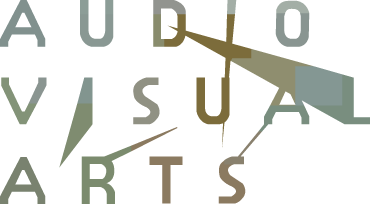


 Live Visuals
Live Visuals